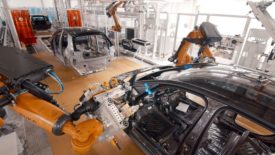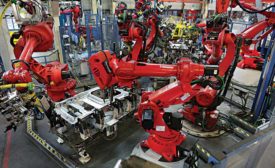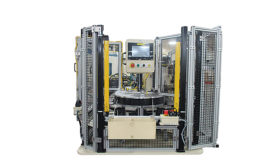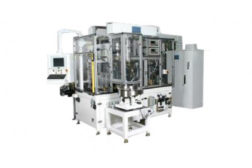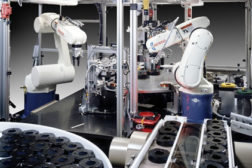Home » Keywords: » assembly automation
Items Tagged with 'assembly automation'
ARTICLES
Bullet-Proof Automated Assembly
A system that runs like clockwork doesn’t happen by accident.
September 8, 2016
Hoffman on Testing
Customer Loyalty—To Disney and Beyond!
What would inspire your loyalty to an automation and test supplier?
April 22, 2013
Assembly Automation
Working With the Lights Out
In their attempts to avoid costly labor, engineers can overinvest in machines.
November 26, 2012
EVENTS
Get our new eMagazine delivered to your inbox every month.
Stay in the know on the latest assembly trends.
SUBSCRIBE TODAY!Copyright ©2024. All Rights Reserved BNP Media.
Design, CMS, Hosting & Web Development :: ePublishing
